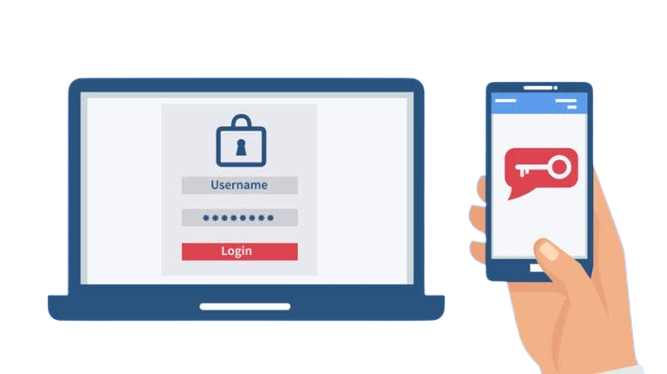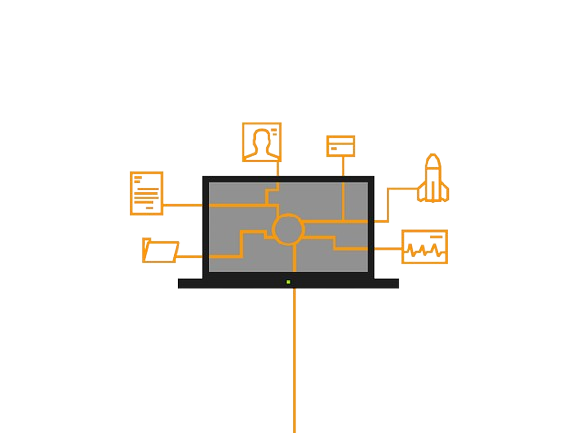
How Hackers Bypass MFA, And What You Can Do About It
Multifactor authentication (MFA) is a security measure that adds extra protection to your accounts. It usually involves using a password along with another form of verification, like a code sent to your phone. But MFA isn’t perfect, and hackers have found ways to bypass it.
Advanced Malware And Data Theft
Earlier this year, a Google cybersecurity company called Mandiant was hacked. The attacker took control of the company’s X (formerly Twitter) account and used it to trick many users. This shows that MFA can be bypassed, even for cybersecurity experts.
Hackers often use advanced malware to get around MFA. For example, in January, a researcher explained how hackers could steal MFA codes from Google. They use malware to collect data from your device. One type of malware, called Meduza Stealer, can grab information from browsers, MFA apps, crypto wallets, and password managers. This tool is regularly updated, making it hard for antivirus programs to catch.
Malware can also intercept emails with one-time codes for MFA. Users might not see these emails and only find out their accounts are hacked when it’s too late. Similarly, spyware can capture SMS messages with MFA codes from your phone.
Keyloggers are another tool hackers use. These programs record what you type, including login details. For example, hackers used a keylogger to steal data from LastPass, a service that stores passwords. They put the keylogger on an engineer’s computer to access the company’s data. If LastPass can be hacked, it shows no security is perfect.
Hackers can also steal cookies from your device. By using malware like Emotet, they can take cookies that help log you in. They might use this stolen data right away or sell it on the dark web.
Finally, hackers might impersonate you to get a new SIM card. This gives them access to your messages with authentication codes.
Social Engineering: Old Tricks And New Methods
Scammers have always used social engineering to trick people. They might call or email you, pretending that your account is in danger and asking you to reset your password. If you give them the reset code, they can take over your account.
Phishing is a common technique where scammers create fake websites or login pages to capture your data. They often use these fake sites to steal your passwords and MFA codes.
A newer trick is called MFA fatigue or MFA push spam. This involves bombarding you with login requests until you approve one just to stop the notifications. Some hackers also pretend to be trusted sources and trick you into approving a login request or clicking on a link.
Use MFA Wisely And Avoid Common Mistakes
While MFA is not perfect, it’s still a valuable tool for securing your accounts. Here are some tips to use MFA safely:
- Only approve MFA notifications you expect. If you get a code or notification you didn’t request, don’t approve it.
- Use authenticator apps (like Google Authenticator) instead of SMS-based MFA, as they are more secure.
- Regularly check your account activity for any unauthorized logins or changes. Many services let you see recent logins.
- Be cautious of phishing attempts. Never click on links or follow instructions from unexpected messages.
- Turn on notifications for changes to your account, such as password resets or MFA changes, so you can act quickly if something goes wrong.
- Combine MFA with strong and unique passwords for each account.
- Keep your operating systems, browsers, and security software up to date to protect against malware.
- Secure all your devices with passwords, PINs, or biometric locks, and use trusted antivirus software to detect malware.
By following these tips, you can improve your online security and reduce the risk of your accounts being hacked.

Hi, I’m Chibuzor Abraham from Nigeria. I love technology, especially VPNs, which protect your online privacy. I manage Ohiovpn.us, where I review VPN services for Ohio. Our reviews look at speed, security, and ease of use to help you find the best VPN. If you buy through our links, we get a small commission, which helps support our site at no extra cost to you.

